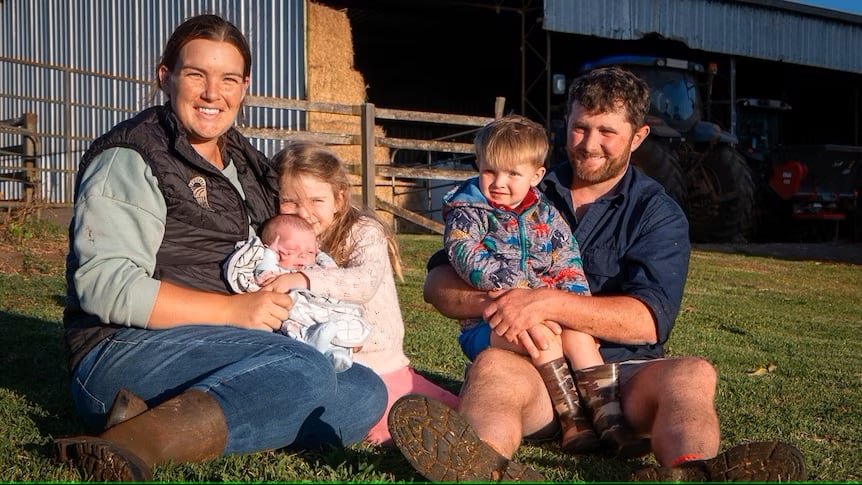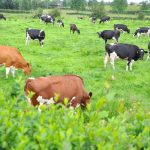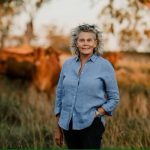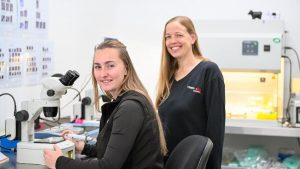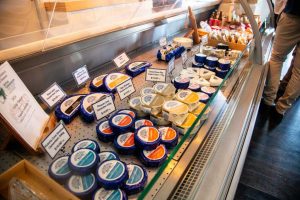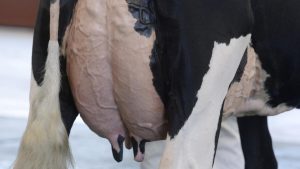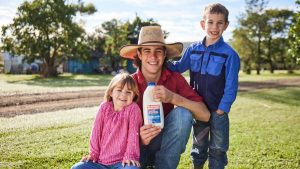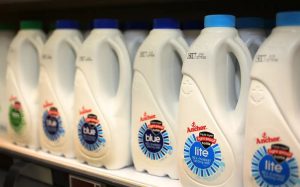
The picturesque Atherton Tablelands in Far North Queensland was built on the back of the dairy industry.
Hundreds of farms once dotted the rolling green hills to the south-west of Cairns, but today that number has been decimated, with local supermarket shelves often stripped bare of the essential item.
In 2000, about 185 local milk producers supplied the local factory.
Today that number has dropped to 44, with many squarely pointing the finger at the impacts of the deregulation of the dairy industry 23 years ago.
However, the Atherton Tablelands is beginning to buck a nationwide decline in family-owned dairy farms.
‘We’re very, very lucky here’
Nationwide, milk is in high demand and processors are paying record prices in a bid to stave off a looming milk shortage.
Local dairy farmer and former Dairy Farmers Australia director James Geraghty said it had been a surprising development after years in the doldrums.
“We’re very, very lucky here. We have a lot of young people either coming through, or working with their parents on the farms,” Mr Geraghty said.
“About 15 years ago I was the fifth or sixth youngest operator, there’s now multiple below me.”
He said it was good news for a region with a long and proud history of dairy production.
Lured by land grants in the early 1900s, farmers from northern New South Wales drove their dairy cattle north and cleared the rainforest.
Townships like Malanda flourished, but it was not until the influx of tens of thousands of American soldiers during World War II that the local dairy industry really took off.
The soldiers wanted milk, and lots of it.
But unlike the locals they would not drink raw milk — it had to be pasteurised.
The local factory in Malanda expanded to try and keep up with the demand, in what would become the longest milk run in the country.
Milk was trucked across Queensland and as far north as Darwin, and the name Malanda Milk became a household name.
Young farmers bucking the trend
More recently, Australian-owned Bega Cheese has seen an opportunity in the north and bought the historic Malanda milk factory from the foreign-owned Lion in 2020.
Last year, they offered an 18 cents a litre price rise to local farmers in a bid to keep young dairy farmers to the industry, and attract more too.
Henry Bevan, 29, took over the family operation at Ravenshoe, west of Cairns, after his father John passed away a few years ago and said Bega’s takeover had provided more certainty about the future.
He runs the 240-head operation with his wife, Anna, supplying more than a million litres of milk to the Malanda factory.
“Price is everything, really, that’s the bottom line,” Mr Bevan said.
“With the previous factory owner there was no appetite to have new farms at all. But since Bega have taken over we’ve had one new farm start up, there’s another one not far starting up as well.
“It’s a huge change from where we were a few years ago.”
At nearby Malanda, another young dairy farmer has been up since dawn milking her herd.
Kasey Clark runs a one-woman operation and agreed Bega’s purchase of the factory had provided hope for the local industry.
“Dairying is still very important to this community. We give alot of business to the local shops. That means jobs for everybody in town and our schools keep going,” Ms Clark said.
“There are more people wanting to start up dairying so that’s really encouraging.”
‘A very complex job’
Eight farms on the Atherton Tablelands supply milk to the Mungalli Creek Dairy, a biodynamic and organic farm at Millaa Millaa.
The dairy, which employees 100 people, supplies milk, cheese, yoghurt, and ice cream to retailers from the Torres Strait to Melbourne.
Dairy farmer turned Millaa Millaa chief executive Rob Watson said the industry was feeling more positive about the future.
“Now the price [of milk] is going up more young people are becoming interested in taking over from mum and dad, or buying an existing dairy farm,” Mr Watson said
“It has to be profitable for young people because it takes a huge effort to run a farm.
“You’ve got to be able to do animal husbandry, pasture management, fix a tractor, pull a calf out … it’s a very complex job and it’s long hours.”
Victoria is by far the largest milk production state, contributing about 64 per cent of the national milk pool.
Farmers in Victoria ‘getting older’
Leigh Paton is a fourth generation dairy farmer from Victoria’s snowy mountains and took a tour of the Mungalli factory.
He said he was surprised by the interest in dairying in the north, given the number of registered dairy farms in the southern state had been steadily decreasing over the years.
“The demographic in dairying in Victoria is getting older. The younger generation isn’t coming back to the farms because of the cost and availability of labour and land,” Mr Paton said.
“We don’t get the same prices as they do in the north where it’s about 10 per cent higher per litre.”
The Bevan family said they were determined to stay on the farm and keep producing milk for the country.
“It’s something that you have to love to do, it is a 365-day-a-year job,” Ms Bevan said.
“It’s a great lifestyle in a beautiful part of the world.
“I like to think there are people out there willing to commit to it.”
